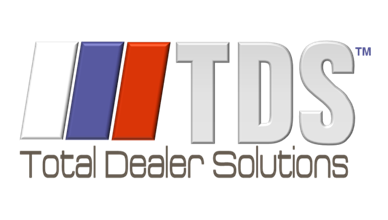Why Your Parts Inventory Doesn’t Match the General Ledger
Parts to General Ledger (GL) variances are a common frustration for dealerships, leading to financial discrepancies that can impact profitability and reporting accuracy. Understanding the root causes of these variances is the first step toward eliminating them and maintaining a clean reconciliation process.
What Causes Parts to GL Variances?
1. Parts Received but Not Invoiced
When parts are received into inventory but the vendor invoice hasn’t been posted yet, the GL doesn’t reflect the liability.
Fix: Track outstanding invoices and ensure all received parts are invoiced and posted promptly.
2. Parts Billed but Not Received
When parts are billed and posted to the GL before being received into inventory, it creates variances and misrepresents inventory value.
Fix: Enforce a policy where all parts must be physically received and entered into the inventory system before they can be posted to accounting.
3. Freight, Discounts, and Adjustments
Freight costs, vendor discounts, and manual price adjustments often get miscoded or omitted, causing GL imbalances.
Fix: Ensure that freight and discount entries are properly coded and not posted to an inventory account.
4. Returns Not Credited
If returned parts are not credited back to the GL, inventory balances become overstated.
Fix: Monitor parts returns closely and verify that credits are applied to both the DMS and accounting system.
5. Incorrect Journal Entries
Manual adjustments and GL postings made without proper documentation can lead to discrepancies.
Fix: Establish clear policies for journal entries and require supporting documentation for all adjustments.
6. Obsolescence Write-Offs
Parts written off due to obsolescence must be reflected in the GL to maintain accurate financial records.
Fix: Reconcile obsolete inventory write-offs with accounting records and update both systems accordingly.
7. Data Entry Errors
Simple input mistakes, such as posting an invoice to the wrong account, can lead to variances.
Fix: Use automated reconciliation tools to catch errors and reduce manual data entry.
8. Manual Inventory Adjustments
Plus/Minus adjustments, cost adjustments, cost overrides not being recorded to GL
Fix: Create month end memos for account to post manual adjustments to GL to accurate reflect inventory value.
How to Prevent Parts to GL Variances
1. Reconcile Daily Instead of Monthly
Daily reconciliations help catch errors early, making them easier to fix.
Solution: Use automated reconciliation software like PartsRec to track variances in real time.
2. Maintain a Running List of Reconciling Items
Keep a detailed record of any outstanding invoices, unposted returns, and adjustments.
3. Standardize Parts and Accounting Communication
Ensure both departments follow consistent procedures for receiving, billing, and posting transactions.
4. Conduct Regular Audits
Internal audits can identify recurring issues and improve accuracy.
5. Use Automation to Reduce Human Error
Manual tracking is time-consuming and error-prone. PartsRec automates reconciliation, ensuring accurate parts-to-GL tracking.
Final Thoughts
Eliminating parts to GL variances requires a combination of diligent tracking, standardized processes, and automation. By identifying the root causes and implementing best practices, dealerships can maintain accurate financial records and prevent profit leakage.
Need help reconciling your parts inventory to accounting? Learn how PartsRec can automate your daily reconciliation and eliminate variances.
